Feline Chlamydia is a relatively dangerous organism responsible for upper respiratory tract and ocular infections. The disease is also known as pneumonia in cats, especially conjunctivitis in cats. The most common signs of pneumonia in cats involve the upper respiratory tract or eyes. If the condition is left untreated, then the disease spreads to the lungs. In the UK, it is found that up to 30% of respiratory disease in cats are associated with Chlamydia psittaci.
Important Information on Pneumonia in Cats
Pneumonia is a common health problem of house cats. The condition may arise in any breeds of cats and at any age group. Young and undernourished cats are most susceptible to the disease. Many a case, the condition may be overcome by improving the management of cats and proper care. In my article, I shall discuss the most important information on pneumonia in cats.
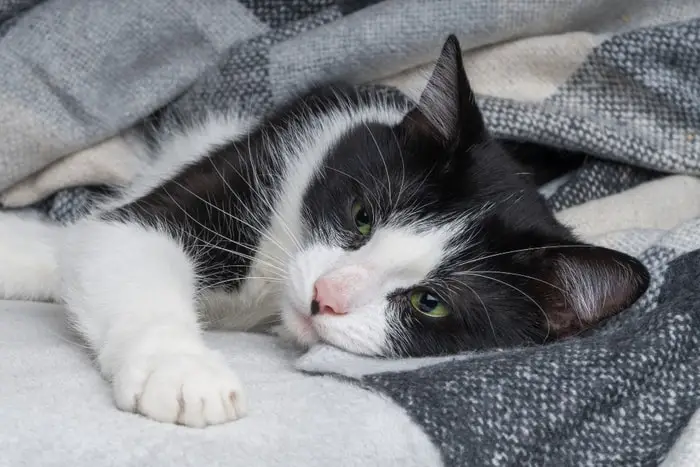
Causes of Pneumonia in Cats
Chlamydia psittaci ( var. felis), the cause of feline pneumonia, is an obligate intracellular bacterium that contains both DNA and RNA. The bacteria also infect the joints and genital tracts. The bacteria live inside the body’s cells, and they do not survive in the environment for an extended period.
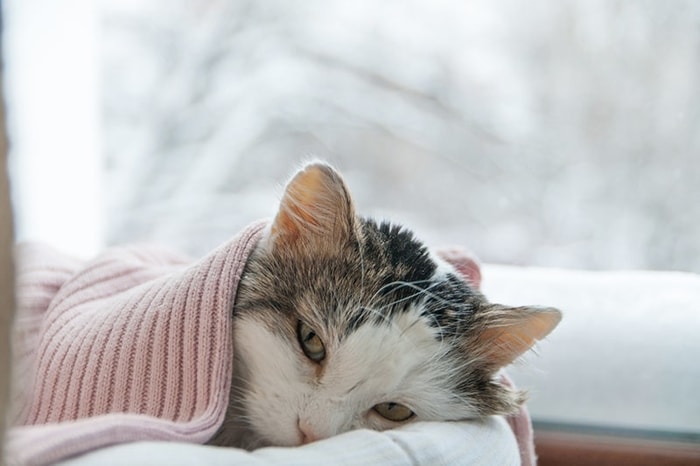
Risk Factors of Feline Chlamydia
The risk factors of pneumonia in cats are as follows:
- Young cats and kittens are most vulnerable to the disease.
- Chlamydia is one of the common causes of infectious conjunctivitis in cats.
- The disease can be spread by direct or close contact with an infected cat. In that region, all cats in the home can become infected.
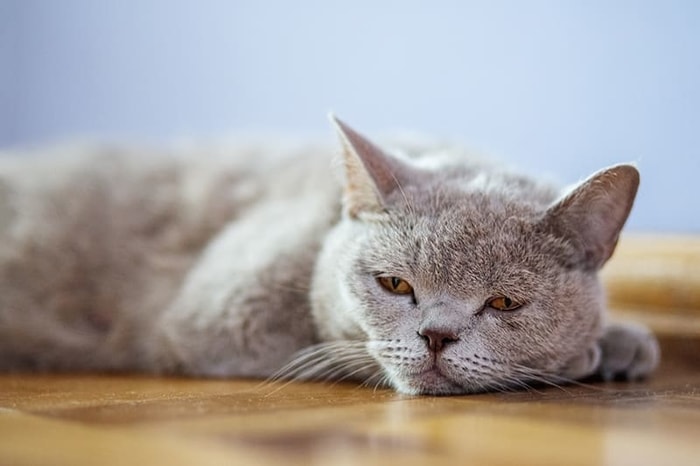
Clinical Signs of Pneumonia in Cats
Despite the common name, feline ‘pneumonitis’ Chlamydia psittaci infection in cats is most commonly associated with unilateral or bilateral conjunctivitis and chemosis. The other symptoms include:
- Occasional sneezing ( much less than that associated with viral upper respiratory disease).
- Anorexia.
- Sniffing.
- Coughing.
- Watery eyes.
- Discharge from the eyes.
- Runny nose.
- Difficulty in breathing.
- Pneumonia.
- Fever.
- Reddened and swelling conjunctivae.
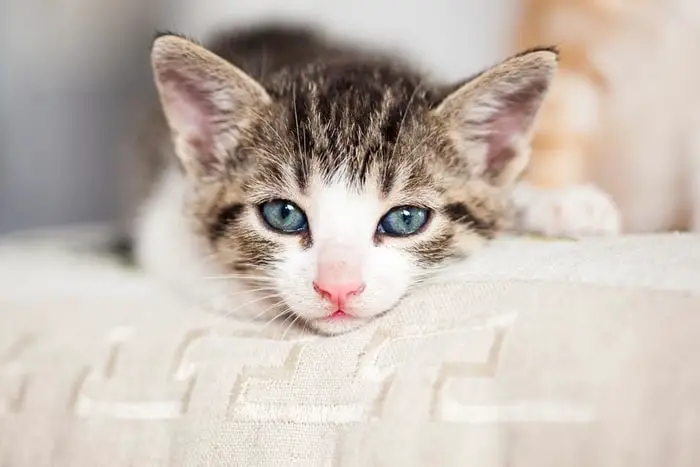
Diagnosis of Feline Chlamydia
A presumptive diagnosis is based on characteristic clinical signs. Diagnostic confirmation of Chlamydiosis is based on
- C psittacine organism isolated from conjunctival scrapings.
- Specimens should be transported in a Chlamydia transport medium and sent within 24 hours to an appropriate laboratory.
- The recovery of C. psittaci from a cat’s conjunctiva with clinical signs of conjunctivitis confirms the infection.
- Cats suspected of having chlamydia should be routinely evaluated for FeLV and FIV infection.
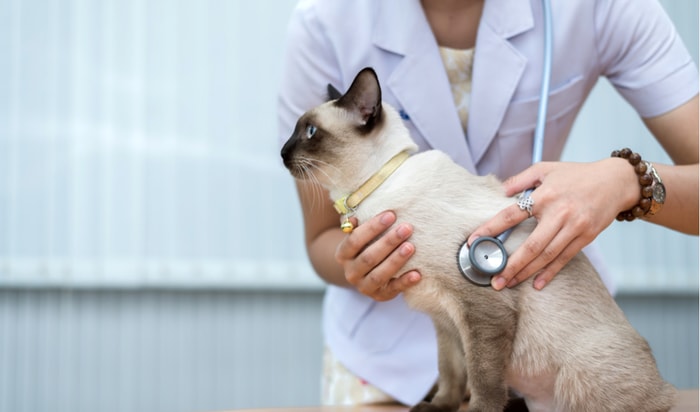
Differential Diagnosis of Pneumonia in Cats
The disease is confused with the following conditions:
- Feline herpesvirus infection.
- Keratoconjunctivitis in cats.
- Conjunctival injury in cats.
Treatment for Chlamydia in Cat
The treatment methods followed for the disease are:
- Tetracyclines are regarded as the most effective antibiotic for use against Chlamydia psittaci infection in cats. For conjunctivitis in your cat, tetracycline ophthalmic ointment is preferred over chlortetracycline ointment. Both eyes should be treated four times daily for 7-10 days.
- You can also give Doxycycline orally.
- Clean the eyes and nose with soft cloths.
- Keep your cat in a warm and clean room.
- Clean the litter box and cat utensils with mild disinfectants.
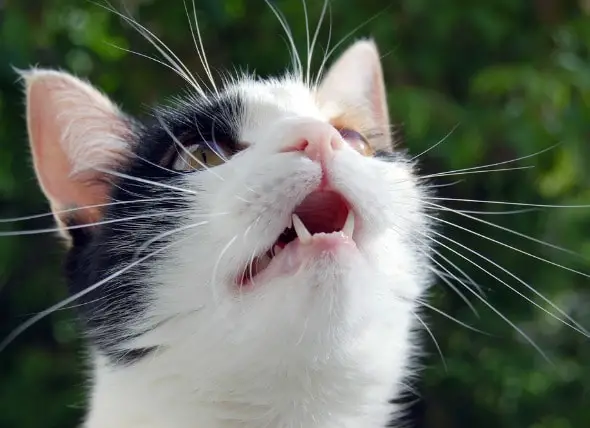
Prevention of Chlamydia in Cats
The most effective means of preventing pneumonia in cats is to limit exposure of susceptible kittens and cats to any cat with signs of respiratory or conjunctival disease. However, within catteries, animal shelters, and boarding catteries, efforts to prevent contact with infected carrier cats may be difficult to impossible. It would be best if you took care of your cats and kitten regularly.
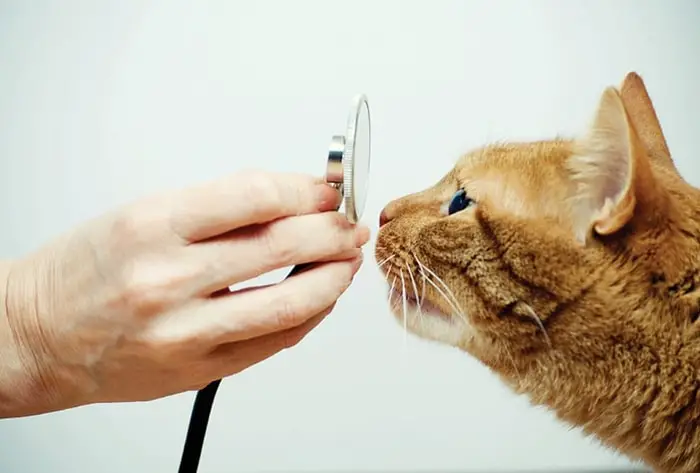
Feline Chlamydia Vaccine
The vaccine is considered a non-core vaccine, and several feline Chlamydia vaccines are available. The cat vaccines should not wholly protect your pets against the infection. But the vaccines can reduce the severity of the disease. You must consult with your vet for the appropriate vaccine for your lovely cats.
Concluding Remarks on Pneumonia in Cats
Feline Chlamydia or pneumonia is a common but curable disease in cats. You can easily prevent the entry of the disease in your lovely cats by vaccination and regular care. Improved cat house hygiene and cat care reduce the chances of disease in many folds. I think this article will help you a lot.